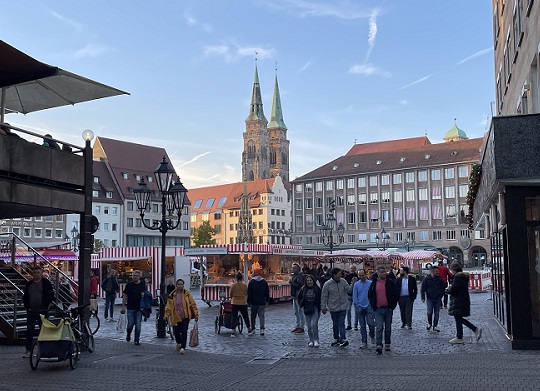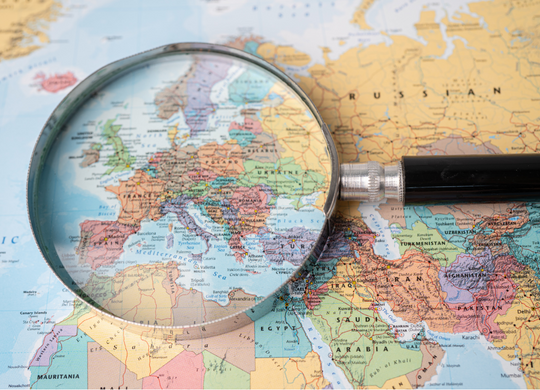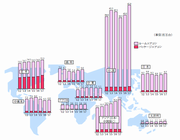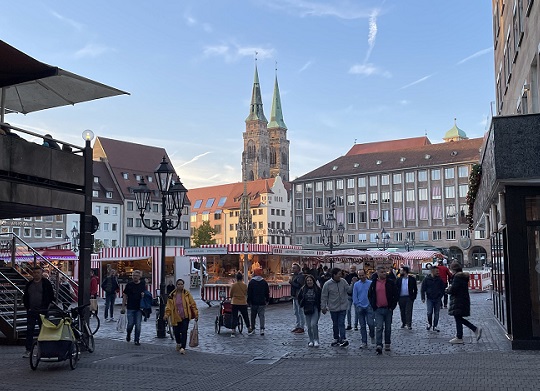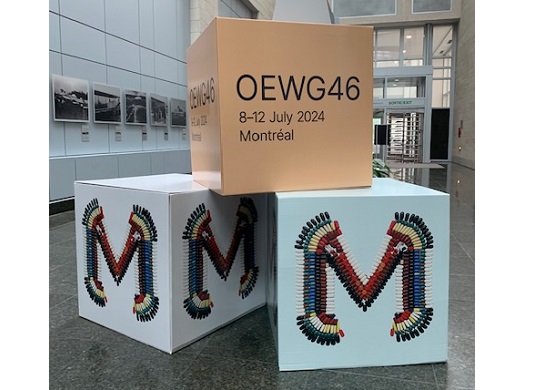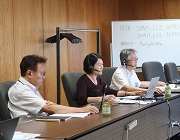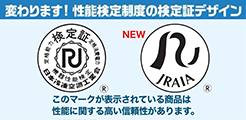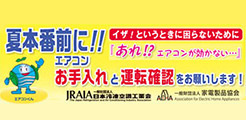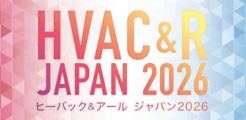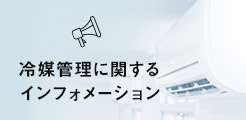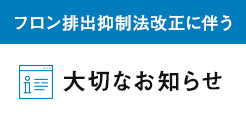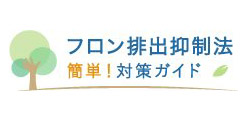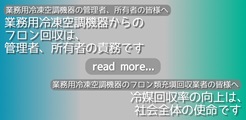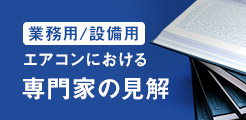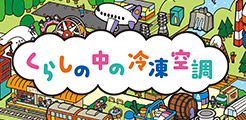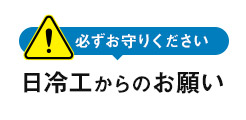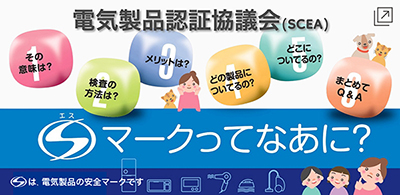2024年10月8日~10月10日の3日間で開催されるChillventa 2024のご紹介です。公式サイトはこちらから 会 期: 2024年10月8...
Learning the best use of energy from Japan Niccolo` Giannetti – Associate Professor at The University of Electro-Communication –
No.699 2024年7月
- The following is a report on life in Japan by Niccolo` Giannetti, Associate Professor at The University of Electro-Communication.
1. Life in Firenze
Don’t worry, this is not a long story, but I have to start from the beginning. It was in my first grade, at the age of 6, when I decided to join a Judo class in my elementary school in Firenze (Italy). My main motivation, at that time, was to be legitimately allowed to fight with my cousin without any consequences.

Photo1. Learning the “ukemi” in my first judo class
I am now 36 years old, and I have uninterruptedly practiced and learnt from this discipline (besides having undoubtedly improved my relationship with the cousin…). In essence, Judo teaches the most effective use of energy through physical practice, emotive challenges, strategic thinking, and creative problem solving. This might seem like a logical leap, but that is the root of my interest in engineering studies and efficient energy conversion.
My lifepath geographically led me to Japan when I started a doctoral course in mechanical engineering at Waseda University in September 2013, and left Firenze behind with a one-way ticket to Tokyo.
2. “Lost in translation”
I landed in “the land of the rising sun” with skyrocketing excitement, comparable only to my unawareness and lack of preparation. I did not have any understanding of Japanese language except for the name of judo-techniques (such as “ashi-barai” -swiping the foot-, or “uki-goshi” -fluctuating hip- and similar… not so fungible in daily life…). I didn’t even have a smartphone!
Somehow, I managed to reach Takadanobaba from Narita airport, but once there I lost my way, and what was supposed to be a 10-minute walk became a 3-hours-long journey to reach Saito Laboratory in Nishiwaseda campus.
That was only the first misadventure of a long series of challenges. Afterwards, I came to experience how basic life duties became nearly unsolvable without kanji reading skills. For example, it took me months to correctly buy laundry soap without mistakenly confusing it for body soap or shampoo (sigh)… One time, I accidentally ate a moon cake along with the little desiccant silica-gel sachet, believing that it was sugar. The irony of this mishap was that, at that time, my research focus was precisely about desiccant materials, and, afterwards, people conferred me some kind of unparalleled expertise in the topic, as I was the only researcher who, besides other technical properties, also (involuntarily) knew about the taste of these materials…
Gradually I started missing home and I wanted to run back to my “mamma”, as the most stereotypical Italian baby boy.
3. Japanese roads
But I am glad that I endured and swallowed up the baby-boy tears and complaints. My Japanese improved and allowed me to travel around Japan.

Photo 2. Discovering Japan on the saddle of a motorbike

Photo 3.
Photo 4.
Photo 5.
I came to realize that what was insufficient at that point was my knowledge of Japanese traffic rules and it almost costed me my driving license, but I safely reached remote places like Shiretoko, Hokkaido, discovered the spiritual strength of the wildest Japan, built friendships, and found the love of my life, who later became my wife.

Photo 6. Loading my favorite passenger
Photo 7.
4. Waseda-jin
Now, more than 10 years have passed since that very first time when I lost myself in the streets of Tokyo. In March 2016, I obtained my doctoral degree at Waseda University, but this was not the end of my life in Japan. It was rather a beginning. In fact, it was at Waseda and under the guidance of a visionary professor, Kiyoshi Saito, that I shaped the path of my academic career.

Photo 8. Graduation at Waseda
Since then, we have been conducting world leading research in the field of thermal engineering, using both fundamental and applied research for a smarter and more efficient use of heating and cooling technologies. This is an incredibly critical task for decarbonizing our society, and it kept me deeply engaged in the attempt to answer the question that I firstly came across 30 years ago when I join my first judo class: “what is the best use of energy?”

Photo 9. Research activity in Saito Lab. (Waseda University)
I value how Japan has played such an essential role for both my education and my career, and I hope to become a permanent scholar in Japanese academia. I will be forever grateful for all the challenges and headaches and keep the learning that came out of them as an inseparable part of me.

Photo 10. Japanese metamorphosis




